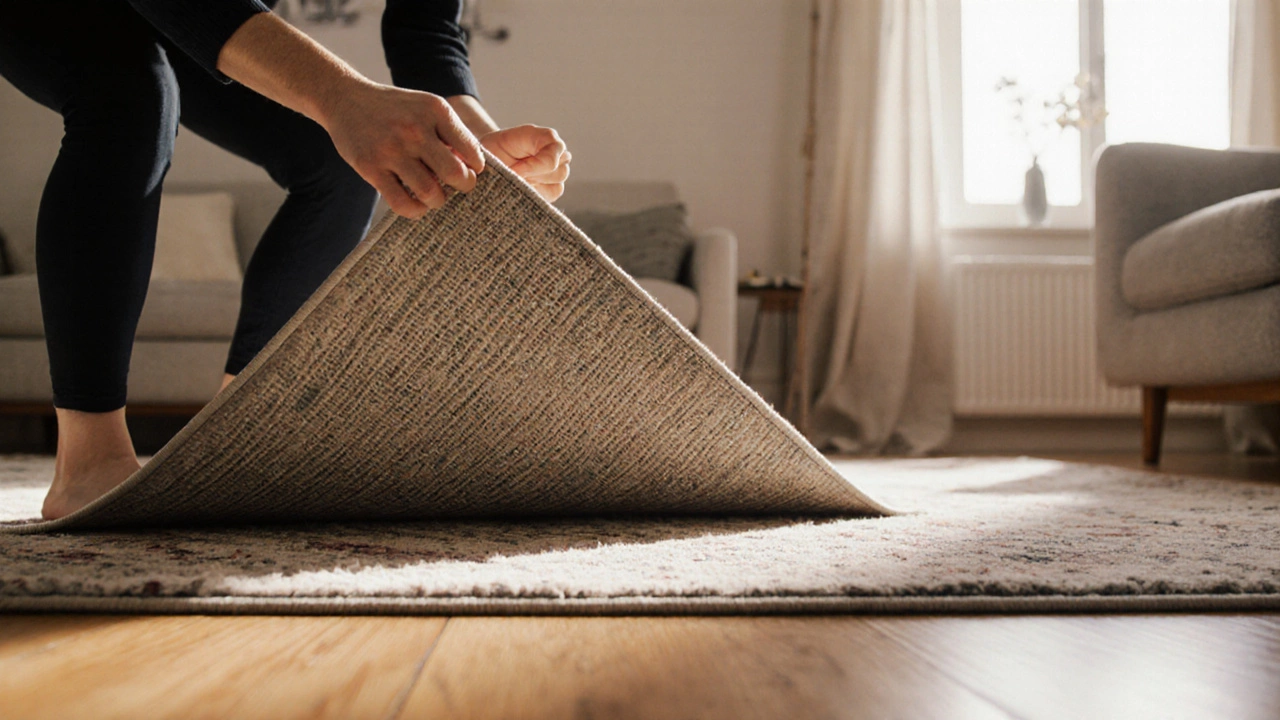Rug Construction: How Rugs Are Made and What Matters
When exploring Rug Construction, the process of creating a rug, covering material choice, weaving methods, knotting techniques and finishing steps. Also known as rug making, it determines a rug’s look, feel and lifespan. Understanding this process helps you pick the right floor covering for your home and budget. Rug Construction isn’t just about aesthetics; it’s a mix of craft, engineering and material science that affects comfort, maintenance and cost. The basics start with the Rug Material, which can range from natural fibers like wool, silk and cotton to synthetics such as nylon or polypropylene. Material choice influences softness, durability and stain resistance. For example, wool offers natural flame resistance and a plush feel, while polypropylene provides water‑proof qualities ideal for high‑traffic areas. The material’s fiber length, thickness and origin become the foundation on which the rest of the rug is built, shaping everything from pile height to knot density.
Key Factors Shaping Rug Construction
The next crucial element is the Weave Type, the structural pattern that holds the rug together. Common weaves include hand‑knotted, hand‑tufted, flat‑weave and machine‑woven, each with distinct production steps. Hand‑knotted rugs involve tying individual knots around the warp strands, a labor‑intensive method that creates high durability and intricate designs; it’s why hand‑knotted pieces often command premium prices. Hand‑tufted rugs, by contrast, use a tufting gun to punch yarn through a backing, resulting in quicker production and lower cost, though they may not last as long under heavy use. Flat‑weave rugs, like kilims, lack a pile and rely on interlacing wefts, making them lightweight and easy to roll. Machine‑woven rugs employ automated looms that can achieve consistent patterns and high output. The weave type directly affects how the rug feels underfoot, its flexibility, and how well it holds up in busy households. A rug’s weave also dictates the finishing process—whether fringe is added, edges are serged or backing is glued—further influencing its durability and visual appeal.
Finally, Knot Density (measured in knots per square inch or per square centimeter) is a key performance metric, especially for hand‑knotted rugs. Higher knot density means more knots are packed into each square inch, resulting in sharper pattern definition, smoother texture and longer life. A rug with 200 knots per square inch can display fine, intricate motifs, while a lower density of 80‑100 knots per square inch yields bolder, simpler designs. Knot density also interacts with material choice; dense knotting with fine wool fibers creates a luxurious, soft hand, whereas dense synthetic fibers can produce a firmer feel. Understanding knot density helps you balance aesthetics with practicality—high‑density rugs excel in formal settings where visual detail matters, while moderate density works well in family rooms where durability is key. Together, material, weave type and knot density form the backbone of rug construction, guiding everything from price to maintenance needs. Below you’ll find a curated selection of articles that dive deeper into each of these aspects, offering tips on choosing, caring for and styling rugs that fit your lifestyle.

Reading the Back of a Rug: What It Reveals About Quality, Age, and Care
Learn how the back of a rug reveals its construction, quality, age, and care tips, with practical checks and a backing comparison guide.
Categories
- Storage (27)
- Bathroom (18)
- Sofas (15)
- Curtains (15)
- Home Decor (12)
- Bedding (11)
- Kitchenware (10)
- Cushions (10)
- Mirrors (10)
- Rugs (9)



